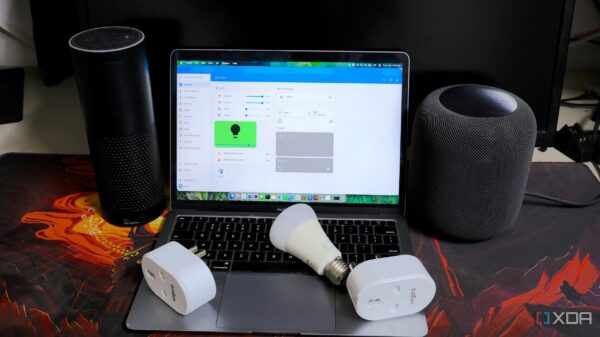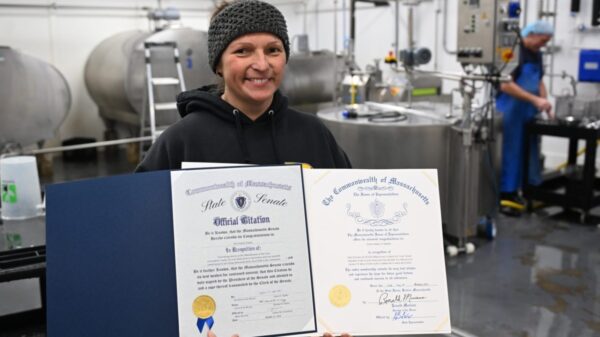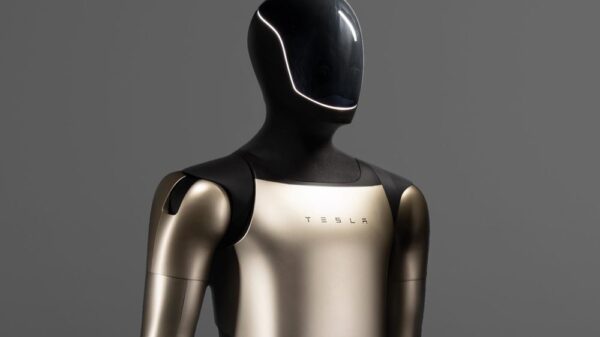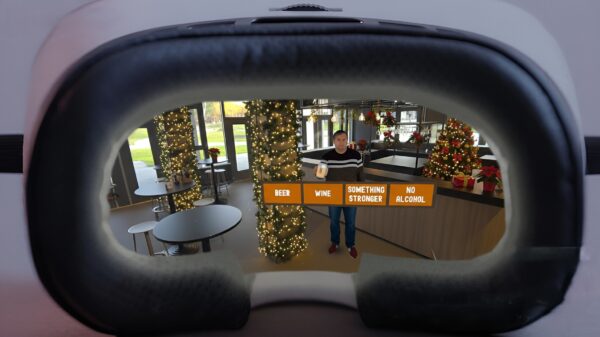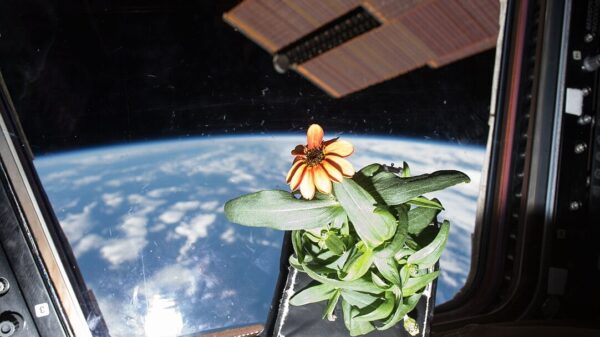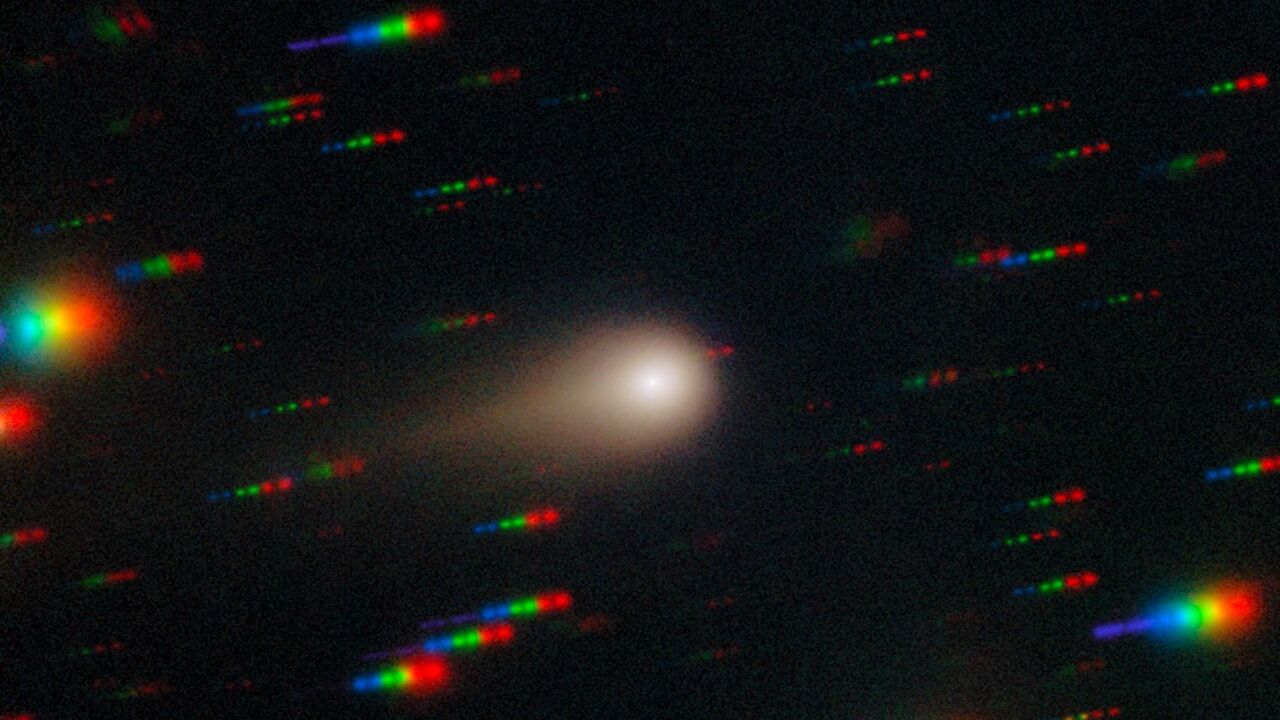New research using observations from the James Webb Space Telescope (JWST) has unveiled that Comet 3I/ATLAS has undergone significant transformation due to billions of years of cosmic radiation exposure. This study suggests that the comet, which has been traversing interstellar space for approximately 7 billion years, has developed a thick irradiated crust that bears little resemblance to the original materials from its home star system.
Researchers analyzed data from the JWST along with computer simulations to understand the comet’s unique composition. They discovered that the previously noted “extreme” levels of carbon dioxide (CO2) enrichment in 3I/ATLAS are a result of long-term cosmic ray bombardments. These findings were published on the preprint server arXiv on October 31, 2023, although they have not yet undergone peer review.
Effects of Cosmic Radiation on Comet Composition
Galactic cosmic rays, which consist of high-energy particles from beyond the solar system, interact with carbon monoxide (CO) in the comet’s ice, transforming it into CO2. Within the protective bubble of the heliosphere, which is generated by the sun, Earth and its neighboring planets are shielded from the majority of this cosmic radiation. In contrast, Comet 3I/ATLAS, having spent most of its existence in interstellar space, has been subjected to unshielded cosmic radiation.
The research indicates that this cosmic bombardment has altered the physical properties of the comet’s ice down to a depth of approximately 15 to 20 meters (50 to 65 feet). Lead author and research scientist Romain Maggiolo from the Royal Belgian Institute for Space Aeronomy emphasized the cumulative effects of this slow process, stating, “It’s very slow, but over billions of years, it’s a very strong effect.”
The new insights represent a significant shift in our understanding of interstellar bodies, implying that many such objects may primarily consist of materials processed by galactic cosmic rays rather than pristine materials reflective of their origins.
Tracking Comet 3I/ATLAS and Future Observations
Currently, Comet 3I/ATLAS is on a trajectory around the sun, having reached its perihelion, or closest approach to the sun, on October 29, 2023. As comets near stars, they heat up, causing ices on their surface to sublimate into gas. The latest findings suggest that gases released from the comet prior to perihelion emanate mainly from its irradiated outer crust. This trend is expected to continue after perihelion, although Maggiolo noted that solar erosion could potentially expose underlying pristine materials from the comet’s core.
The research team plans to compare observations made before and after perihelion to gain insights into the comet’s initial composition. Maggiolo expressed anticipation about these findings: “By looking at these differences, we can have some indication about its initial composition.”
Discovered in July 2023, Comet 3I/ATLAS has captured the attention of scientists worldwide. It is currently hurtling through the solar system at speeds exceeding 130,000 mph (approximately 210,000 km/h) in a notably flat and straight trajectory. Some studies propose that this comet may be older than the solar system itself, potentially dating back 3 billion years before our own solar system formed.
The new research builds upon earlier findings that indicated 3I/ATLAS’s high CO2 content based on initial JWST images captured in August, as well as observations from NASA’s SPHEREx orbiter during the same month. Maggiolo and his colleagues adapted their models from a previous study on Comet 67P to apply to the unique characteristics of 3I/ATLAS.
The team’s simulations revealed that even a billion years of cosmic ray exposure can significantly alter a comet’s structure and chemical makeup. While laboratory experiments were used to replicate the effects of cosmic rays, caution is warranted as these conditions may not entirely reflect those in interstellar space. Nonetheless, the findings offer important insights into the transformations comets undergo during their extensive journeys through the cosmos.
In conclusion, while Comet 3I/ATLAS presents a wealth of information, its extensive exposure to cosmic radiation means researchers will need to consider the effects of aging in their future analyses. Maggiolo acknowledged the challenge ahead: “We have to be careful and take into account aging processes, so it’s more work for scientists, but [3I/ATLAS] remains very interesting.”



